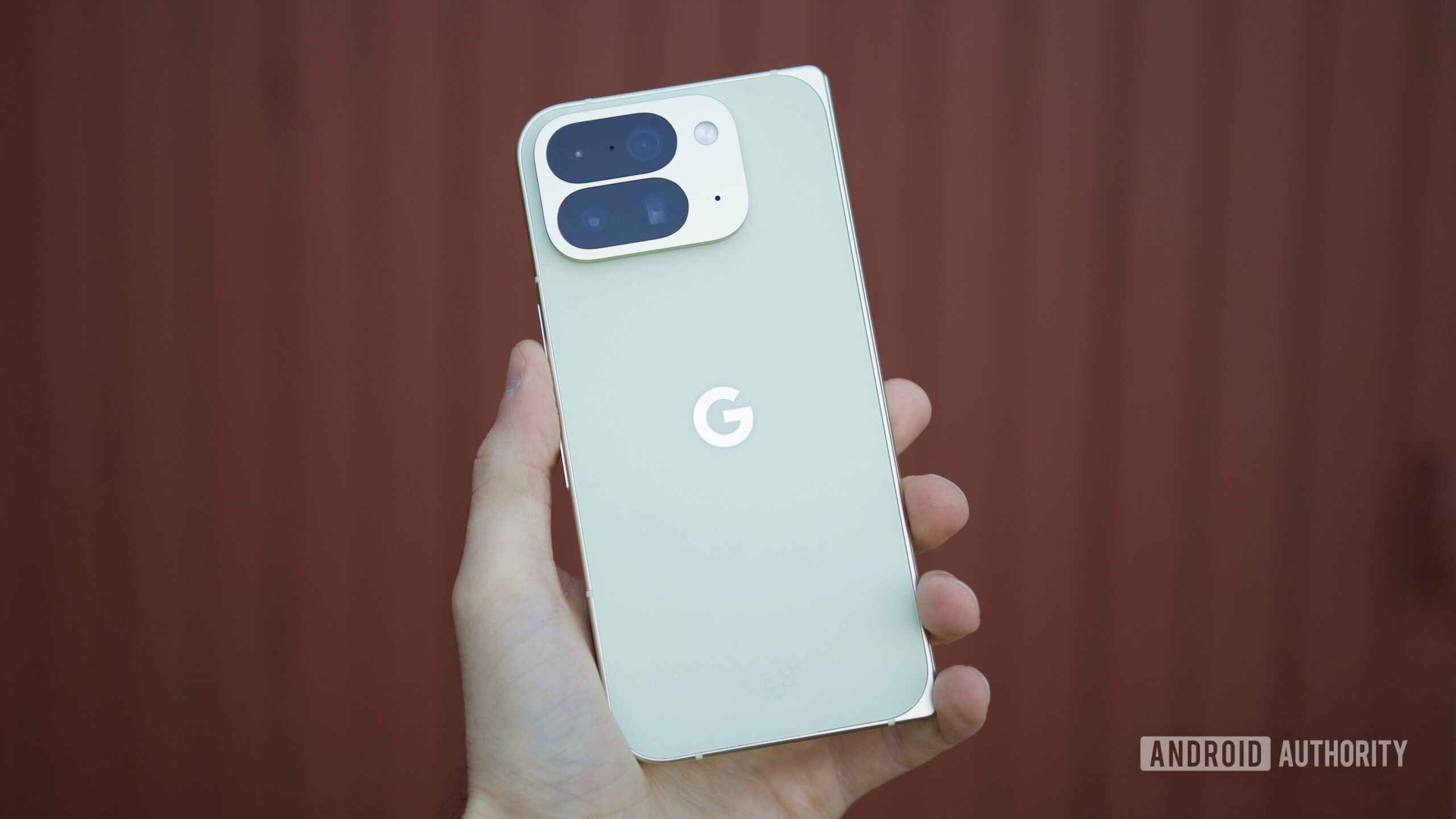If you want simplicity in your note-taking, Notion is the way to go.
After I wrote about Evernote, a beloved note-taking app that has recently faced some backlash from fans due to redesigns and slower performance, I wanted to give one of its competitors a try. Notion has a lot of the same functions—like to-do list creation and a note pad for quick writing—and a similarly sleek interface, so I started there and ended up really liking how simple the app was. Available on iPhone, Android, and web browser, it keeps notes, ideas, schedules, and more all in one place, all without breaking the bank.
Notion is easy to use from the get-go
The first thing I liked about Notion was account setup. I was prompted to indicate whether I’ll be using the app, which bills itself as “the happier workspace,” for work, school, or my personal life. Off the bat, Notion knows its features are best suited to one of those three categories. I chose personal life, but once I was logged in, I found there were plenty of opportunities to add work- or school-related functions and tasks. More on that later.
Based on the interests I indicated I had during signup, Notion built me a few personalized tabs: A weekly to-do list, a habit tracker, a journal, and a meal planner. It also opened up to a main page called “journal,” which allowed me to jot down quick notes without having to rifle through tabs or sort anything. When adding a new journal entry, you have a few standard options, like adding photos, creating a reminder for something so the app sends you a push alert at a pre-determined time, or using formatting options like numbered or bulleted lists. It’s not dissimilar from the Notes app that comes pre-loaded on an iPhone, but with its sleek white background and custom coloring options, it’s prettier and more pleasing to use. I got to pick a header image for my journal and went with a nice purple and pink gradient.
Pre-loaded content can be annoying, though
In each of the tabs Notion created for me, there were examples pre-loaded in. A mocked-up to-do list included “run” and “meditate,” for instance, neither of which I actually do on a daily basis and, crucially, neither of which I plan to take up any time soon. The meal planner app suggested I eat pancakes, a cobb salad, margherita pizza, and watermelon slices today. Obviously, these are just placeholders to show you how to use the pre-formatted features, but I did find it just a little annoying to have to delete all of that out of there and add my own content. It wasn’t the end of the world, but a bit tedious. If you get Notion, plan to set aside some time for customizing it on day one.
Templates are where the magic happens
Once I added in my real to-do lists and general ideas for what to eat in the next few days, I explored a little more. On the Home screen, there is an innocuous little button that says “Browse templates.” This, I learned, is truly where Notion shines.
I could choose between templates for life, work, or school, then browse ones called things like, “project roadmap,” “finance tracker,” and “assignment tracker with automations.” Not only are these pre-built, making them super easy to use for your own purposes, but they show you exactly how much this app can do. At first glance, it seemed like a really standard note-taking app. I could write ideas in the journal or check off tasks on the to-do list. Helpful, but not revolutionary. Templates showed me I could do a lot more.
The assignment tracker template, for instance, revealed that you can build in formulas, like you do in Excel, to automatically calculate things like your GPA or how much money you’re spending on certain categories each week. Those results can be turned into graphs that make understanding your data really easy. Again, that’s just like Excel, but a lot simpler and more pleasing to use.
Credit: Lindsey Ellefson
I don’t love the AI feature yet
Notion comes with a built-in AI helper tool, like so many apps are rolling out these days. This one isn’t really amazing yet, at least not based on my tests. After I built out a to-do list for every day for the next four days, I asked the chatbot what I had to do tomorrow and it kept telling me it couldn’t find any data on tomorrow’s to-dos. I even asked the AI to make a new to-do list for me, told it the same list of tasks I’d already manually entered into tomorrow’s list, and then asked again. No luck.
I don’t mind that, since I’m not heavily reliant on those kinds of chatbots and don’t see myself using them for anything, but I do think the app has a way to go with that.
Luckily, the standard search feature works great. I was able to search keywords that brought me straight to the to-do lists and journal entries I’d already created.
The cross-platform functionality works well
After I set everything up on my mobile app, I logged into Notion’s website on my laptop browser. The syncing was immediate (which wasn’t true when I tried the same thing on Evernote) and all of my tabs and content were available to me on the browser. I like working on a computer better than my phone in general, so I appreciated that I could edit my notes and customize the user experience even more on my laptop and feel confident the changes would reflect on my phone.

Credit: Lindsey Ellefson
It’s all very simple-looking and not super flashy (unless you add emojis and colors to things, which you can absolutely do) so I consider it a pretty unobtrusive organizer. You don’t have to jump through a bunch of hoops, open folders and subfolders, or spend a lot of time formatting everything to make it accessible and searchable. Just open the app, type in the right tab, and be done with it. I added the mobile version’s widget to my phone’s home screen and it, too, was simple: My tabs—password manager (which I stole from a pre-made template), meal planner, journal, and to-do list—appeared and I could tap them right from the home screen to access them in the app.

Credit: Lindsey Ellefson
Notion never asked me for money
Most apps cost money, which I totally understand, since developing, updating, and managing them is a business. Notion, though, never asked me for any money during the whole time I was testing it. As it turns out, there’s a very comprehensive free package available to individual users and it includes collaborative workspaces that other Notion users can work on with you, and integrations with apps like Slack and GitHub. If you’re using Notion on a team, say, at work, you can upgrade to tiers that cost $10 or $15 per person per month to access things like custom automations, bulk PDF exports, and dashboards. I didn’t review this as a team-working software though, so I’m not going to speak to those; I’m just here to tell you it’s a solid (free!) option for managing your personal life, school, or work.
The free version gets you a calendar, subtasks, formulas, basic automations, charts, and more, so if you’re using this as an individual just looking to get more organized, you really don’t need to pay.


